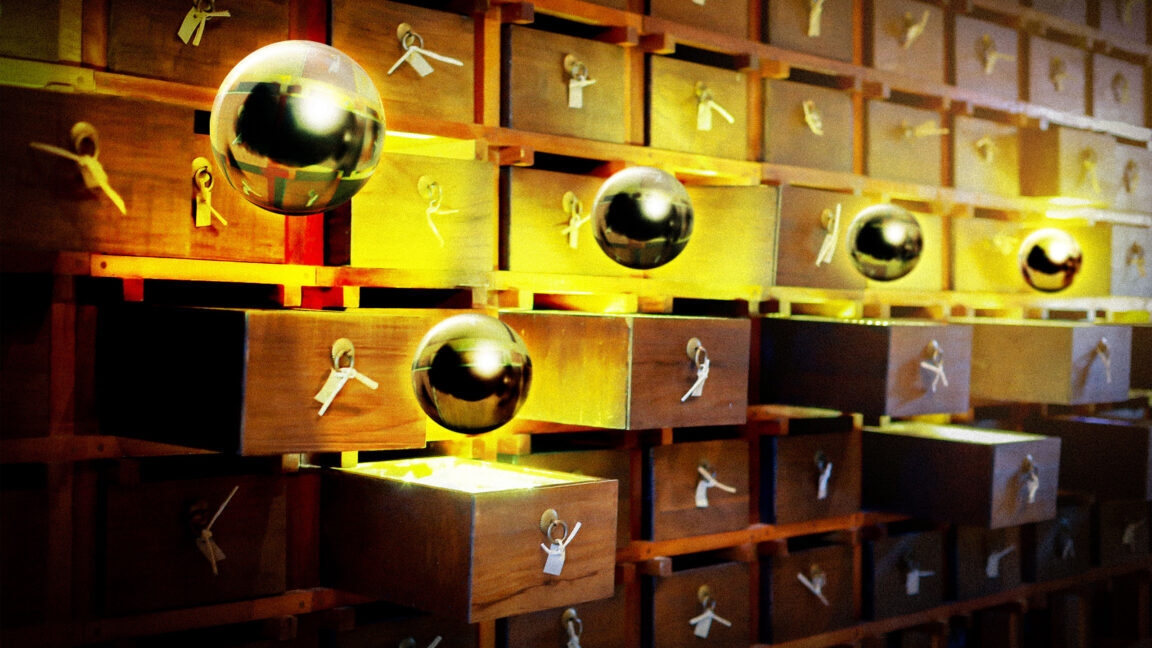#ConvolutionalNeuralNetworks (#CNNs in short) are immensely useful for many #imageProcessing tasks and much more...
Yet you sometimes encounter some bits of code with little explanation. Have you ever wondered about the origins of the values for image normalization in #imagenet ?
- Mean:
[0.485, 0.456, 0.406](for R, G and B channels respectively) - Std:
[0.229, 0.224, 0.225]
Strangest to me is the need for a three-digits precision. Here, after finding the origin of these numbers for MNIST and ImageNet, I am testing if that precision is really important : guess what, it is not (so much) !
if interested in more details, check-out https://laurentperrinet.github.io/sciblog/posts/2024-12-09-normalizing-images-in-convolutional-neural-networks.html


